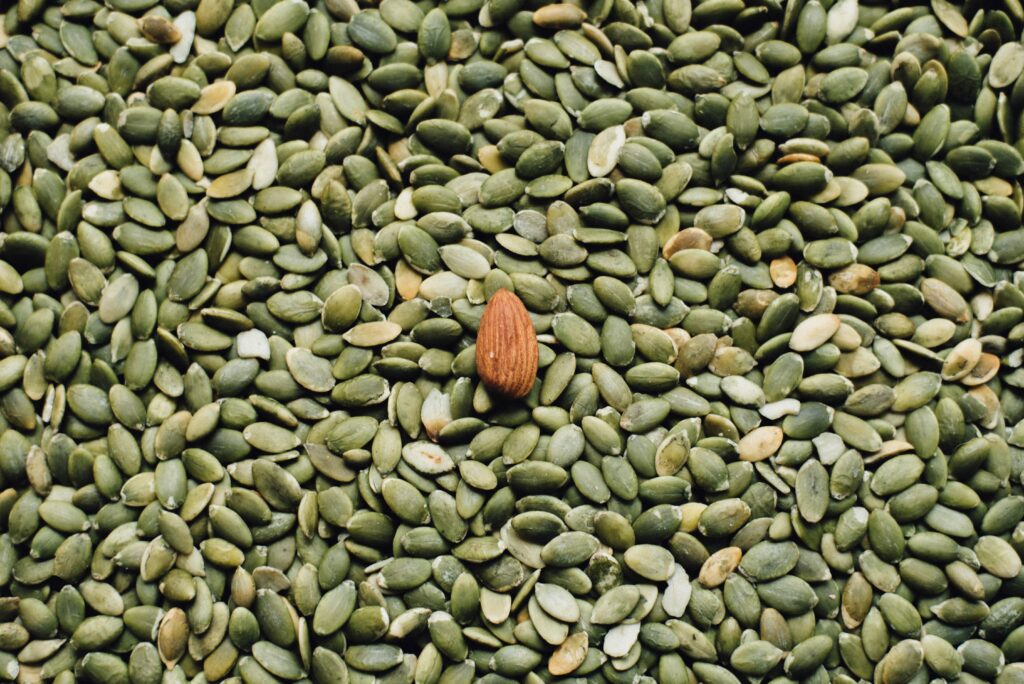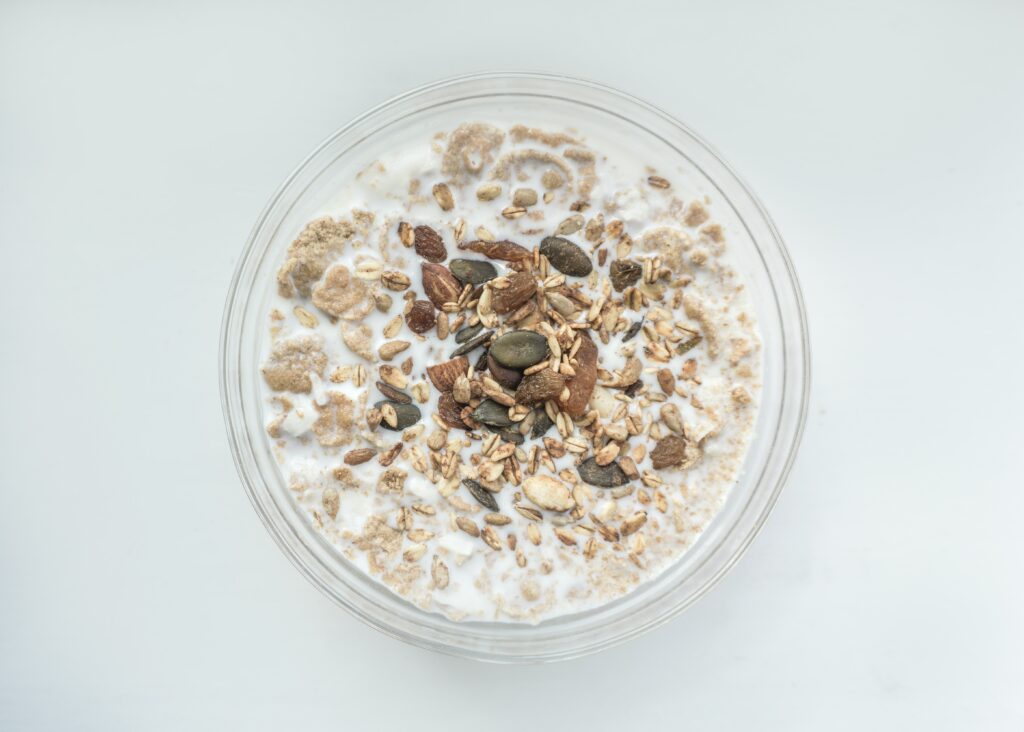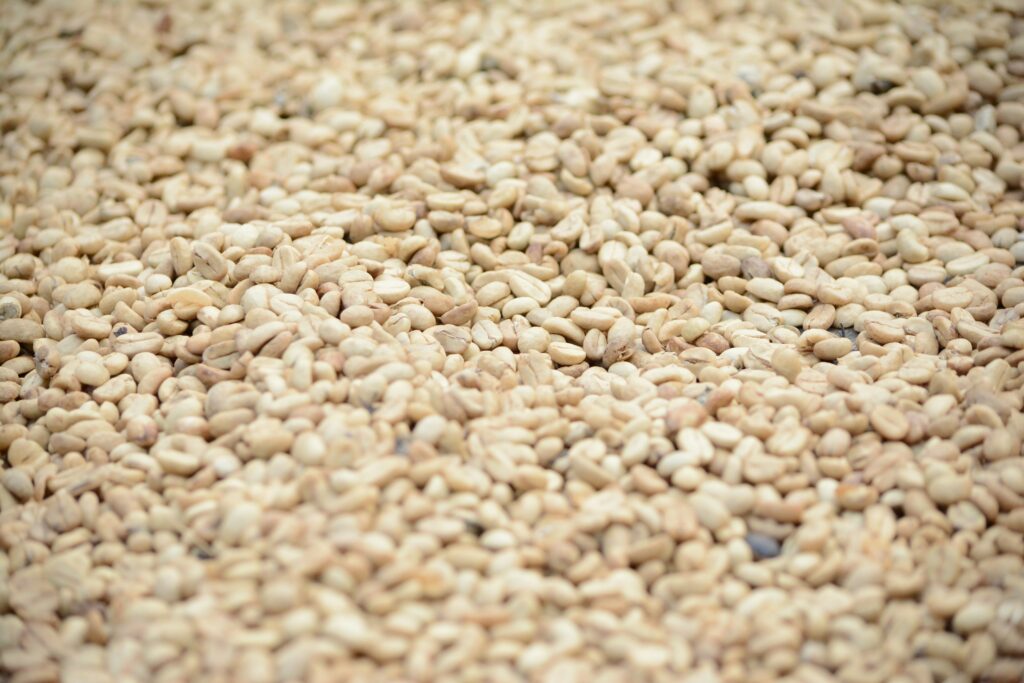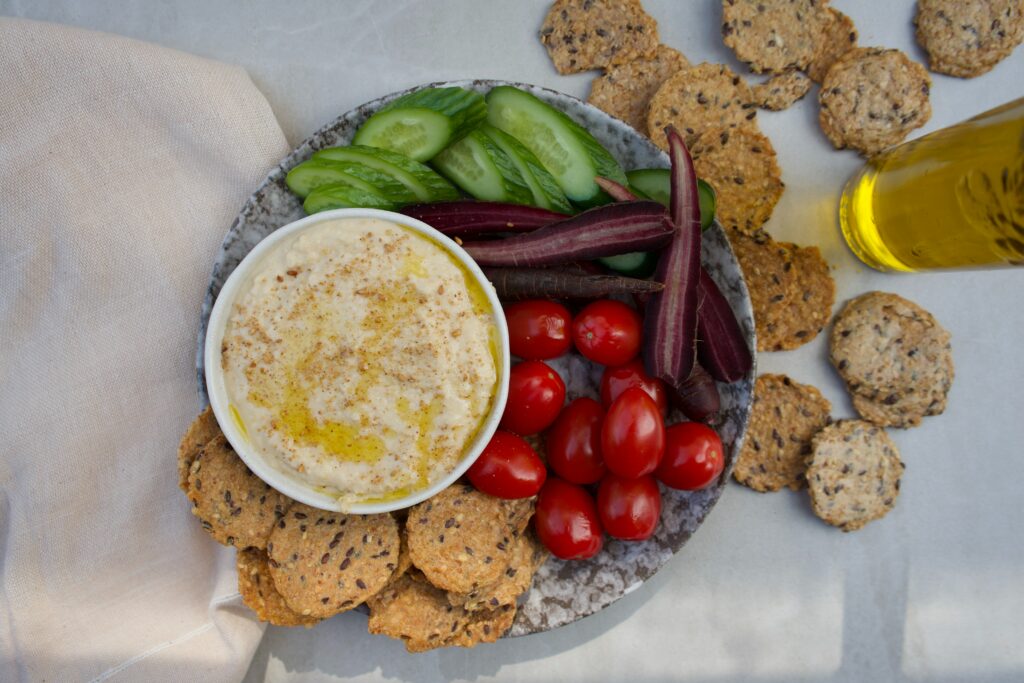Have you heard of seed cycling? This hormone-supporting tool is one of the top trending wellness practices (and for good reason). This simple practice helps support balanced hormone levels, reduces PMS symptoms, boosts fertility, and can help stimulate menstruation—if it’s absent. In this guide, you’ll learn what seed cycling is, which seeds to use, how seeds can support your hormones, and how to incorporate seed cycling into your daily routine. It’s a part of syncing your cycle, a way to sync your menstrual cycle with your life.

What is seed cycling?
Seed cycling is a growing health trend, claimed to balance hormones, boost fertility, and ease symptoms of menopause. It involves eating flax, pumpkin, sesame, and sunflower seeds at different times of the month. Theoretically, seed cycling either enhances or inhibits the production of estrogen and progesterone in the body. In turn, balancing and optimizing your hormones, along with relieving symptoms due to hormonal imbalance.
In essence, certain seeds contain different amounts of lignans and essential fatty acids. Lignans can help bind up excess hormones, and fatty acids are essential for hormone production and balance. As you alternate between seeds, your body works to optimize the nutrients in pumpkin, flax, sesame, and sunflower seeds. More on which seeds to eat (and when) below.
what the research says
One of the best things about seed cycling is that it can be beneficial at any stage in a woman’s life. However, I often suggest it to my clients who are in the process of coming off hormonal birth control. It’s a natural way to help them get their cycle back by improving hormonal health through food. There are plenty of anecdotal accounts of seed cycling’s usefulness; however, keep in mind that the scientific evidence to back its claims is lacking. At any rate, seed cycling is one of the easiest ways you can support your hormones in a gentle, yet effective way.

why should I seed cycle?
Women’s hormones are a complex, delicate system. They’re greatly influenced by diet, exercise, sleep, stress levels, and environmental toxins. This means that any of these factors can cause hormonal imbalances. In turn, a slight hormone imbalance can become the underlying issue for a number of health concerns: irregular periods, acne, PCOS (in my case), thyroid disorders, and chronic fatigue. All of that said, seed cycling supports your monthly cycle, aiding in PMS symptoms like moodiness, cramps, cravings, sore breasts, and hormonal acne. Seed cycling can also help with anovulation, irregular cycles, and amenorrhea.
how to start seed cycling
Let’s back up. To better understand seed cycling, it’s helpful to understand the two main phases of your menstrual cycle. The first 14 (or so) days of your menstrual cycle is the follicular phase. The following 14 (or so) days is the luteal phase. When your hormone levels are balanced, estrogen rises during the first half of your cycle whereas progesterone levels rise (while estrogen levels slowly decline) during the second half of your cycle.
To begin, figure out where you are in your menstrual cycle. Are you in your follicular phase (you’re currently on your period or your period ended less than 10 days ago)? Or, are you in your luteal phase (you’ve just ovulated or you ovulated recently)? Depending on which phase you’re in, skip below to see which seeds you should start incorporating. If your cycle is irregular, don’t fret. You can still seed cycle effectively.
CAN I SEED CYCLE IF MY CYCLE IS IRREGULAR?
Yes! To keep things simple, follow the phases of the moon as a general guideline. In this case, day 1 of your cycle would begin with the new moon. Days 1-14 (new moon to full moon), eat pumpkin seeds and flax seeds. Days 15-28 (full moon to new moon), eat sunflower seeds and sesame seeds. Whether you have a regular cycle or not, a few months of cycling is said to be enough to begin seeing the benefits. Remember, consistency is key.

The Follicular Phase
When: Days 1-14 of your cycle. During this phase, you need a balanced amount of estrogen to build the uterine lining.
What Seeds: Pumpkin and flax.
PUMPKIN SEEDS are rich in zinc, which aids in progesterone production and supports healthy testosterone levels. They’re also rich in antioxidants, which help protect your ovaries, eggs, and reproductive system as a whole.
FLAX SEEDS contain lignans, which aid in estrogen release, meaning they bind excess estrogen and help eliminate it to support ideal estrogen levels. Both flax and pumpkin seeds are rich in omega-3 fats, which encourage uterine blood flow and maintain healthy cell membranes.
The Luteal Phase
When: Days 15-28 of your cycle – during this phase, the corpus luteum starts to release progesterone, which is a sex hormone that helps thicken the uterine lining and prepare it for implantation.
What Seeds: Sesame and sunflower.
SESAME SEEDS are rich in zinc, which aids in progesterone production. They also contain lignans, which help block excess estrogen, and they have a slew of other benefits, including the ability to lower inflammation.
SUNFLOWER SEEDS contain selenium, which helps improve liver function and remove excess estrogen. They also contain vitamin E, which stimulates progesterone production.

where to buy seeds to seed cycle
Over the years, I’ve found that the easiest way is via Funk It Wellness. They do all the hard work for you. No need to buy seeds and grind them at home! Plus, I have a discount for you: use ‘EDIE15’ at checkout to save money on your seeds. As soon as mine come in the mail, I stick them in the fridge. You can also buy in bulk and keep the seeds in your freezer. In terms of incorporating them into your diet, the sky’s the limit. You can add them to breakfast, lunch, dinner, or your snack(s). I add them to cereal, yogurt, salads, smoothie bowls, roasted veggies, hummus, etc.
All images courtesy of Unsplash.



Leave a Reply